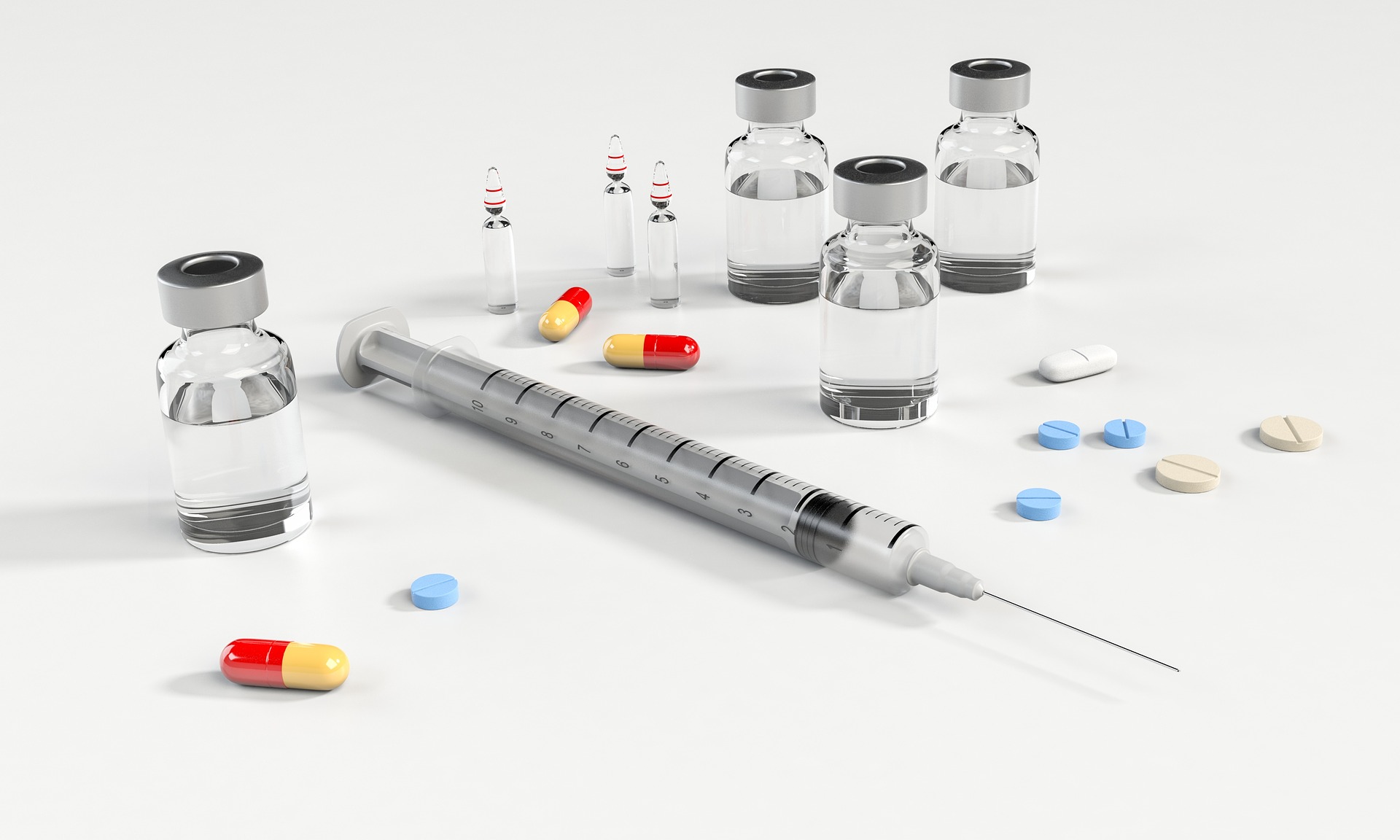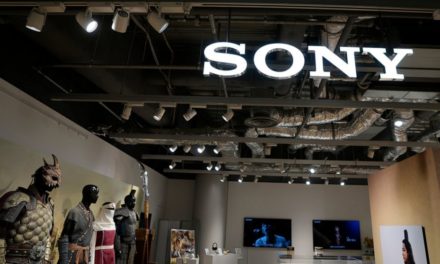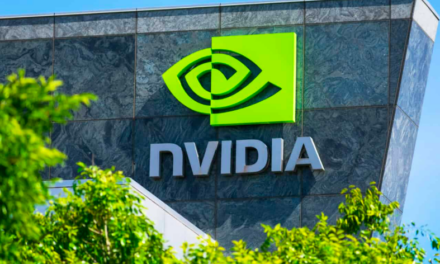Here come the “biosimilars,” and they are making rich drug companies nervous.
AbbVie has good reason to worry. Its blockbuster drug Humira is the world’s best selling drug in the world, reaping $20 billion a year. But five other companies now have biosimilar products available for as much as 80% less. In Europe, that is.
Humira now costs $5,000 a month in the US without a prescription.
For that kind of money, patients could take the biosimilar and pick up a nice little Infiniti with the change. Or a pair of Steinway baby grands. They could, but this isn’t Europe and patients with rheumatism, psoriasis, or any of the other nine conditions that call for Humira can’t purchase a biosimilar substitute yet.
Almost the Same, Like Twins
Biosimilar drugs are a new equivalent to generics, and they’re here for the same reason. They’re cheaper. Supposedly, they are just as good. But what are they, exactly?
Drugs come in two types: small-molecule drugs and biologics. The old standbys we’ve known forever, like aspirin, are small-molecule formulations. Copy the chemistry, and you have a copy of the drug. It’s called a generic.
Biologics, however, are compounds that are extracted from a living organism. Since they are a product of a living plant or animal that grows them, there is natural variation. So a copy of those drugs will be similar rather than identical—biosimilar.
Humira is a biologic; it’s really a monoclonal antibody. Botox is also a biologic. It’s grown by bacteria.
Growing Drugs Is A Tricky Business
Biosimilars are new to the US drug universe. The FDA has been extremely cautious because manufacturing biologics is much more complex—and possibly more open to errors—than simply copying chemistry.
It is impossible to harvest drugs from living organisms that are precisely the same in every unit. But the variability has to be so tightly controlled that it doesn’t have unsuspected side effects, or fail to work at all.
The US did not approve a biosimilar drug until 2015. It decreed that Mvasi was biosimilar to Avastin and could be marketed.
Humira now has six copycats on its heels, including Amjevita, produced by Amgen. But none of these competitors is on the market yet in the US. But they are on the way, and anyone investing in pharmaceuticals should be paying attention.
Amgen probably has the deepest pipeline in biosimilars. It could cut into the revenues of quite a few other drug makers in coming years. This is not without irony, however. Because even Amgen’s vulnerable to the threat of biosimilar competition. It earns $3.7 billion a year on its own successful biologic drug, Neulasta. But last November, a small California company got FDA approval for a Neulasta biosimilar.
A US Problem
Europe has been quicker to approve biosimilars. In Europe, Humira has offered 80% discounts to keep patients in the fold. But Humira remains expensive in the US because none of its biologic alternatives is actually on the market yet.
It’s quite easy for a pharmaceutical company with an expiring patent in the US to stretch out its control by tweaking the formula. AbbVie is a master at the game. It may change a pill to a patch, create a slow-release version that can be taken once a week instead of daily, combine it with another drug to enhance it…
But biologics are coming and they could make a difference. The RAND Corporation estimates that biologics could cut US healthcare spending by $54 billion in the next decade.
This is such a new situation, that even RAND admits its updates on the market needs more updates. Savings could be more if government speeds up approvals or endorses switching reference drugs for biologics in programs like Medicare. Or they could be less if the pharmaceutical bosses keep the whip hand.
It’s hard to tell from the evidence so far which way it will go. The first US biologic, Zarxio, approved in 2015, sells alongside its reference biologic Neupogen. What happened next, is hardly what you’d expect. The price of Neupogen held up. The price of the biosimilar Zarxio dropped.
Analysts think that when the Humira competitors get to market it will be Humira that has to bring its price down.
The effect on prices is cloudy enough. But at least one thing has gotten clearer. Biologics are coming and the law will help. In 2010 thanks to the Biologics Price Competition and Innovation Act (BPCIA) created a special pathway to approval for biologics. President Obama signed it into law as part of the Affordable Care Act (ACA).
At least over the last two years, the chances that Congress will repeal ACA and everything it wrought have dwindled from slim to almost none.
Americans have started to like the ACA, and they will love lower prescription costs. Which means Amgen might be a company to watch with all those biologics in the pipeline.















